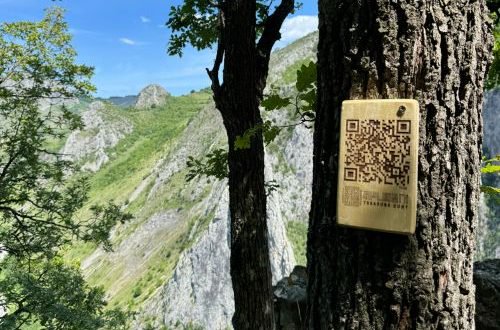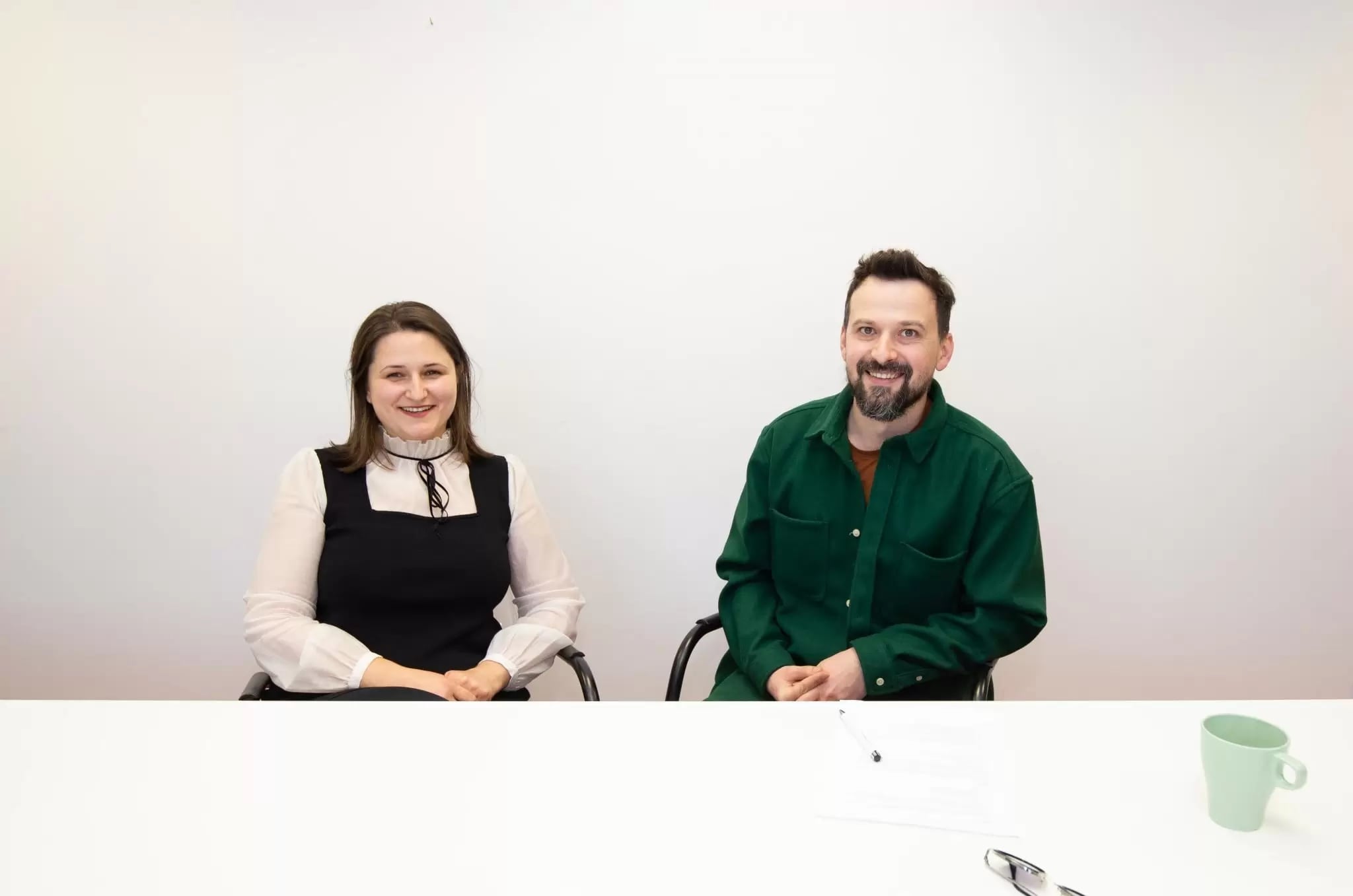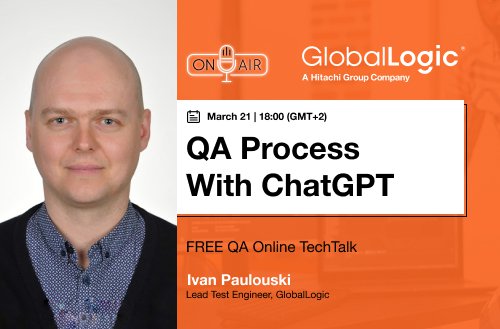- Services
Technology Capabilities
Technology Capabilities- Product Strategy & Experience DesignDefine software-driven value chains, create purposeful interactions, and develop new segments and offerings
- Digital Business TransformationAdvance your digital transformation journey.
- Intelligence EngineeringCreate high-value products faster with AI-powered and human-driven
- Software Product EngineeringCreate high-value products faster with AI-powered and human-driven engineering.
- Technology ModernizationTackle technology modernization with approaches that reduce risk and maximize impact.
- Embedded Engineering & IT/OT TransformationDevelop embedded software and hardware. Build IoT and IT/OT solutions.
- Industries
- GlobalLogic VelocityAI
- Insights
White PapersSeptember 17, 2024Diana SocaciuElevating Romanian Tourism with GlobalLogic: Apuseni App
The innovative banking apps, such as the one we'll explore in this case study, succeed ...
 Case StudiesGlobalLogic
Case StudiesGlobalLogicFrom Legacy to Leading-edge: A Global Software Leader’s ...
Discover how GlobalLogic’s AI-powered solutions helped a global software leader migrate...

- About
Meet Bianca: Product Owner with a Strong QA Background and Multiple Hats
Bianca Rada joined Fortech 15 years ago. Now her career journey continues with GlobalLogic Romania, as Fortech was acquired by GlobalLogic. During this time, she has grown together with the company and significantly impacted our story. She kickstarted her career with a QA Manual internship, switched to an Automation QA role, wore the hat of Team Leader, and was promoted to Product Owner a few years ago.
Get a glimpse #BehindTheCode and discover Bianca’s story.
Tell us a bit about yourself and why you chose the IT industry?
I think my passion for technology was born when I saw my first computer. I was fascinated by the new world it can open up and the incredible things you can do with it. This passion grew when I attended a computer science high school and graduated in the same field at the Technical University of Cluj-Napoca (UTCN). I am confident I’ve made the best decision, because it’s a real pleasure for me to work in this field. I start my workday with joy, looking forward to learning and getting things done.
I have a cute memory from my childhood. Every morning, I saw a beautiful office building on my way to school. I wanted to work in such a building when I grew up. I can say that my dream came true. 😊
How did you join our team?
I joined Fortech 15 years ago when I was in my third year of college. I attended a 3-month summer internship on Manual Quality Assurance (QA), and it was a wonderful experience. I knew a few people who worked here, and their feedback convinced me to accept a full-time job. At that time, the Fortech team, before the GlobalLogic acquisition, totaled 40 colleagues. What a journey we had from 40 to 1000+ people!
How did your career evolve here?
In these 15 years, I can say that I’ve grown together with the company. I started as a Manual QA Engineer and worked on various Desktop, Web, and Mobile projects. Two years later, I followed my curiosity for programming and attended an internal training program on C#. My role gradually expanded, and I started working on Automation QA, alongside the Manual QA. I worked with TestComplete, JUnit, and other tools. I enjoyed them all!
Later, I switched to an Automation QA Engineer role. I was responsible for starting Automation projects from scratch. Some of the tools I’ve used are Selenium, SilkTest, HP UFT, NUnit, SoapUI, and JMeter, depending on the projects’ needs. It was a challenge, but I got guidance and support from my coach, who helped me grow on this path.
The next step in my career was team leading. I enjoyed working with my teams, and I was always attracted to building relationships with clients. I wanted to understand their needs better and contribute to finding the best ways to meet them.
Three years ago, a new growth opportunity appeared. I was working as a QA Engineer on a big project in the telecommunications industry. The project started with a team from Oradea and, as it evolved, required an additional team in Cluj. My colleagues proposed me for the Product Owner role, and I was very excited. It was a truly remarkable moment in my career.
What are your current responsibilities?
A Product Owner has a double role. The first set of responsibilities is related to the project team. I am responsible for preparing the features, understanding them, making refinements with the team, and splitting them into stories. I am also in charge of task prioritization and backlog management for each sprint.
The second set of responsibilities is related to the business stakeholders. I oversee the communication with them. We have weekly meetings focused on status reporting and planning. I also perform follow-ups on the delivered features and do acceptance testing.
To conclude, I am responsible for understanding the client’s needs, translating them into tasks, and ensuring that the features are delivered on time and in the best quality.

Bianca and Norbi during recording of the podcast
Describe one of the projects you worked on.
The product was a complex order-management system used by a major telecom company in Europe to handle requests, communication, and collaboration internally and on the customer side. Our team consisted of 40+ colleagues, the majority working in our Oradea delivery center.
We used Spring Framework, Spring Boot, Spring Cloud (microservices), and Angular for the front-end. The data storage was built in Oracle. We integrated Kafka message queues and Elasticsearch for the database, as it handles large volumes of data. We also used Kubernetes, CloudFoundry, and Jenkins. Our team implemented full, container-based, Continuous Integration and Continuous Delivery (CI & CD) from scratch. We use Git, Jira, and Confluence for documentation and task management.
As the tech stack was cutting-edge and challenging, we designed an onboarding learning phase to help newcomers integrate within our team. It’s an exercise based on a real project, with both back-end and front-end. They learn how to connect the two sides and how to integrate a small feature. During this onboarding phase, they get guidance from colleagues, and at the end of it, they are ready to work on a real task.
What were the most challenging aspects of this project?
When this project came to our company, it had already been in production for over 10 years; thus, it was implemented using old technologies. The first challenge for the project team was working on improving the application’s performance. The project came as a monolith and needed refactorization, alongside a breakdown into microservices infrastructure. In parallel, we had to work on delivering new features. So, we decided to split the teams: one part of us focused on delivering new features and incorporating innovative technologies, and the other part on finding the system components that could be improved and working on them. We modernized the entire system one piece at a time.
What were your favorite parts of the project?
My favorite part of the project was the collaboration with the client. They integrated us into their team, and we are working closely with them. Another interesting thing is that we adopted the Scaled Agile Framework (SAFe) principles. As part of them, we are focused on planning the new features for about five sprints in advance. We organize two-day sessions with the client in which we plan the next two months of work. These meetings usually take place face-to-face at the client’s location or at our office. Thus, another cool thing about the project is the frequent delegations.
Tell us more about your team. What makes it special?
My team is great! We have a strong bond and a good dynamic in our interactions. We like to do things together and to help one another. If someone has a roadblock on a task, they just need to ask for help and will get it immediately.
We also like to grow together. To achieve this, we devote a few days to innovation, every fifth sprint. Each team member can choose a topic and allocate the time to do it, even if it will not directly help the project.
Lastly, my team is fun. We like to tell jokes, go out for a beer, and spend time together in a relaxed atmosphere.
Besides your daily responsibilities, what other activities are you involved in for our company?
Besides my on-the-project duties, I enjoy exploring other growth opportunities. I am involved in technical sales, where I help showcase how we work on different projects.
I also hold technical interviews for senior Automation QA roles. I really like this activity. Helping to bring new colleagues to work at our company is such a fulfilling experience. I have participated in dozens of interviews and brought many candidates into our team.
Additionally, I wear the coach’s hat as part of our Performance Management program. I enjoy helping others grow by setting objectives together and guiding my colleagues to reach them.
What do you do in your spare time?
In my spare time, I enjoy long walks in nature with my husband and our dog. I also play volleyball and swim as frequently as I can. I also like music and going out with friends and colleagues.
Now that Fortech joined GlobalLogic Romania, how do you foresee your career growth?
Nothing changed for me directly on the current project I’m working on after Fortech joined GlobalLogic. On a good note, I’m now part of a bigger Product Owner community and I had the opportunity to exchange ideas/knowledge with colleagues working on all sorts of projects. I’m confident that once the time comes for me to change the project/position, I have a lot more opportunities among the different teams within GlobalLogic.


